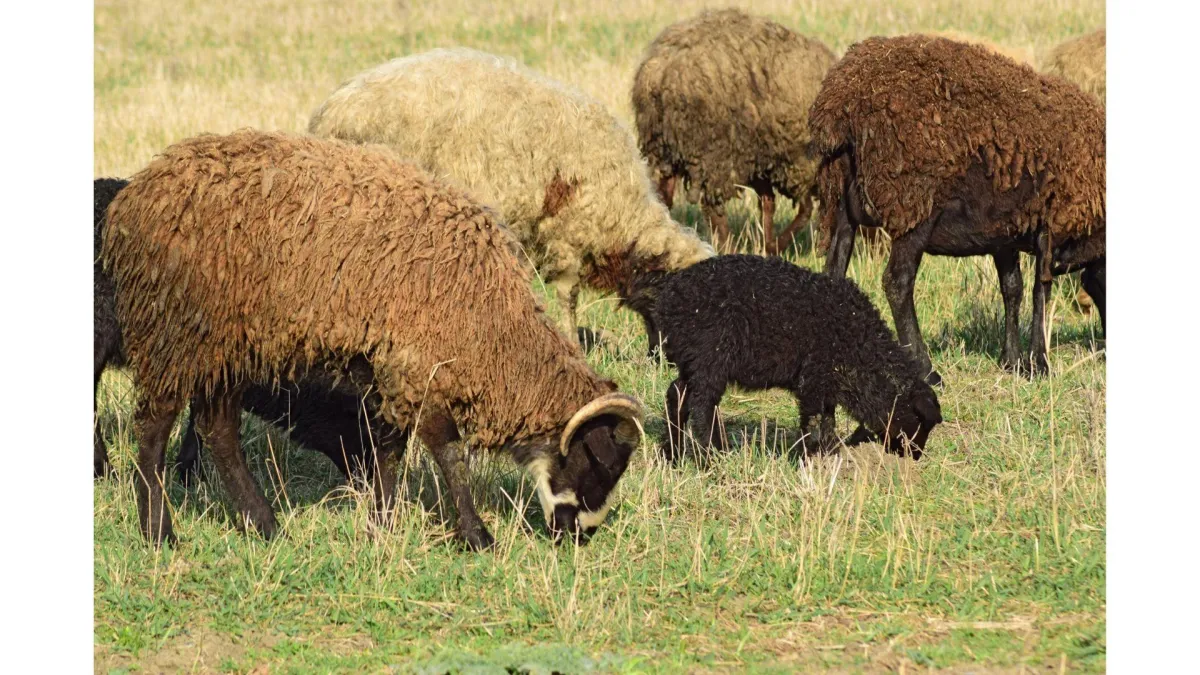
Pneumonia
Pneumonia is a potentially fatal disease in young and adult animals alike. It's especially common in calves, lambs, kids, foals, and cria (young alpacas), but older stock can also be affected under the right conditions.
Pneumonia is often a secondary infection, meaning it takes hold when the animal’s immune system is already compromised. This can result from poor weather, stress, inadequate colostrum intake, or a viral infection. Once established, pneumonia can spread quickly through a mob or herd, particularly in close confinement.
What Causes Pneumonia?
Pneumonia in livestock is usually caused by a combination of factors. The primary culprits include:
Bacteria such as Pasteurella multocida, Mannheimia haemolytica, and Mycoplasma species
Viruses such as Bovine Respiratory Syncytial Virus (BRSV), parainfluenza-3 (PI3), and IBR
Environmental factors like cold, damp conditions, poor ventilation, or high stocking rates
Stressors such as weaning, transport, handling, or abrupt weather changes
These causes interact. Often a virus weakens the animal, and then a bacterial infection takes hold. The result is inflammation of the lungs and airways, leading to reduced oxygen exchange and, if untreated, death.
Signs of Pneumonia in Livestock
Early recognition is crucial. Look out for:
Rapid or laboured breathing
Coughing, especially moist or deep coughs
Nasal discharge (may be clear, cloudy, or purulent)
Fever
Depression or lethargy
Loss of appetite
Hanging head or tucked-up posture
Isolated behaviour from the rest of the group
In very young animals, signs may be subtle, such as dullness or a slower than normal response.
Treatment and Veterinary Involvement
Pneumonia must be treated promptly and effectively. Delays increase the risk of permanent lung damage or death.
Treatment typically includes:
Antibiotics to address the bacterial component
Anti-inflammatories (NSAIDs) to reduce fever and ease breathing
Supportive care, including good shelter, hydration, and access to soft feed
Always consult your veterinarian at the first sign of illness. Early treatment gives the best chance of full recovery and reduces spread to other animals.
Prevention of Pneumonia in Livestock
As with most diseases, prevention is far better than cure. Key preventative measures include:
Colostrum management: Ensure young animals receive sufficient high-quality colostrum in the first 12 hours of life
Shelter and ventilation: Provide dry, draft-free housing with good airflow
Avoid overcrowding: Keep stocking densities low, especially in enclosed areas
Vaccination: In high-risk groups, talk to your vet about vaccination options for respiratory pathogens
Minimise stress: Plan weaning, transport, and handling carefully. Avoid abrupt dietary or environmental changes
Biosecurity: Isolate any new or sick animals and practise good hygiene between groups
Special Note on Alpacas and Llamas
Cria are particularly vulnerable to pneumonia. Because signs can be subtle, any dullness, head-hanging, or change in behaviour should be investigated immediately. Respiratory issues can progress rapidly in camelids, and their stoic nature means they often hide illness until it's severe.
Summary
Pneumonia is a major cause of illness and death in young livestock and can have long-term effects on productivity and welfare. Prompt action, good husbandry, and veterinary input are essential to control it. Prevention through stress reduction, good nutrition, and biosecurity is your best defence.

